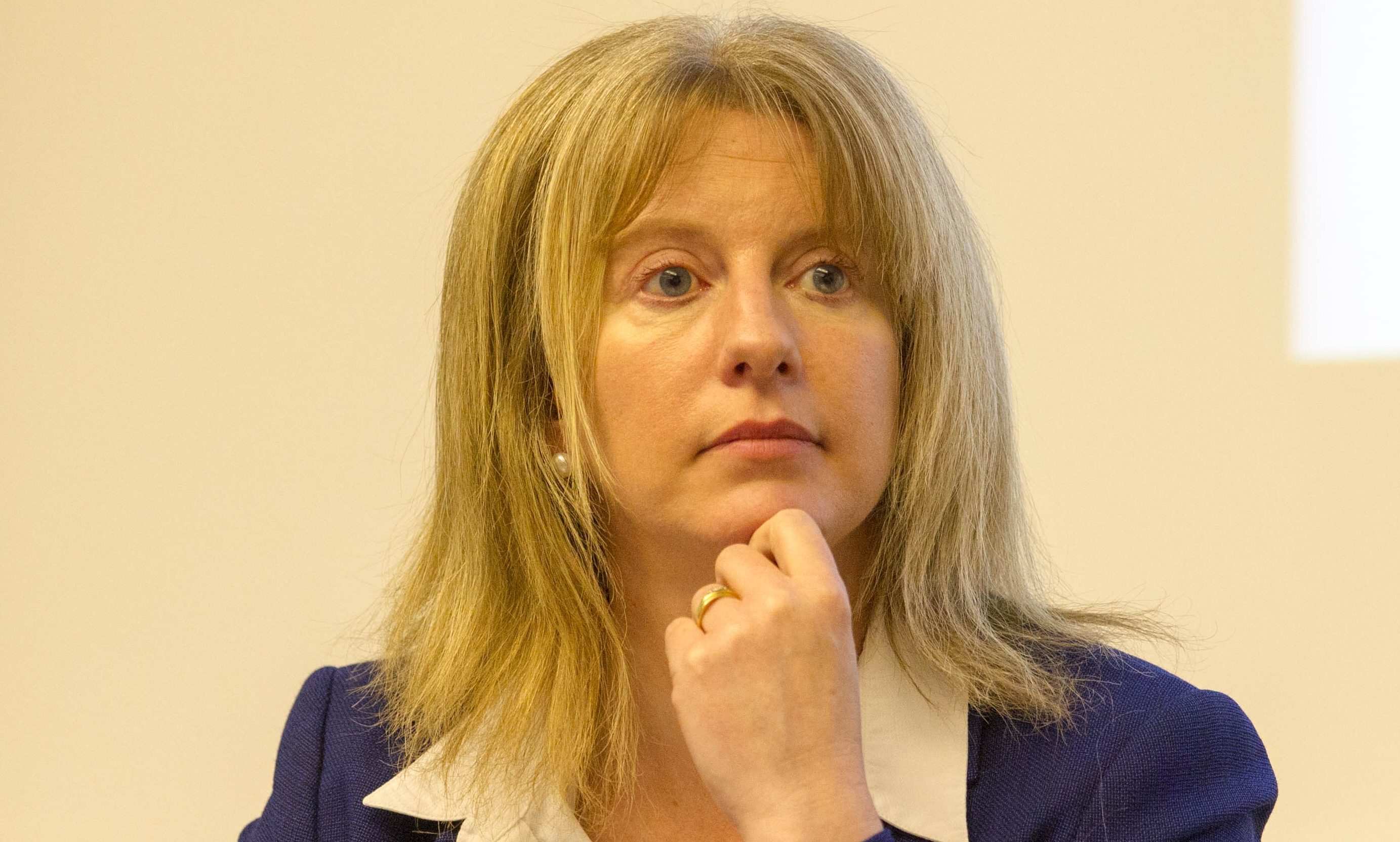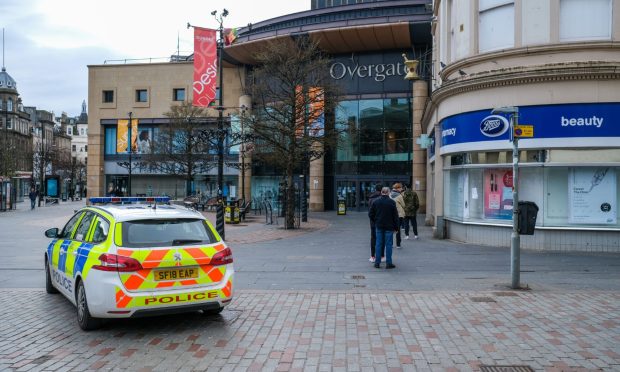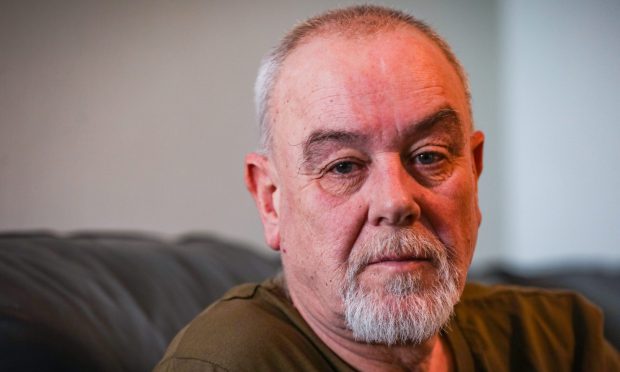Ministers and health chiefs are not prepared for the spiralling workforce crisis in the NHS, warns the public spending watchdog.
Tayside was singled out by the Auditor General Caroline Gardner for approaching the tightening staff squeeze with a huge overspend on its pay budget.
Ms Gardner warned in her report that NHS Scotland is in danger of not having enough health workers to meet demand.
Nurses accused ministers of scrimping on staff as they pleaded with them to act quickly to stave off disaster.
Audit Scotland identified Tayside as the worst offender in a national surge in spending on agency staff and warned of the risks across Scotland of increasing vacancy rates and an ageing workforce.
In a stark warning, Caroline Gardner, Auditor General for Scotland, said: “The Scottish Government and NHS boards recognise the challenges, but urgently need to improve their understanding of future demand, staff projections and associated costs, and set out in detail how they plan to create a workforce that can meet the long-term health needs of the population.”
The report said flaws in determining how many training places are required “risk not training enough doctors, nurses and midwives with the right skills for the future”.
“Medical recruitment numbers are based on replacing current numbers rather than looking at the impact of changing demand,” it added.
The NHS is set to come under increasing strain because of an ageing population.
Theresa Fyffe, director of the Royal College of Nursing Scotland, said: “For too long plans have been restricted by what is affordable and achievable with the staff available – rather than focusing on strategic, long-term planning to meet demand.
“The result is that Scotland has too few nursing staff in post and too few nurses being trained.”
Dr Peter Bennie, chair of the British Medical Association Scotland, said “serious workforce challenges” must be tackled by the Scottish Government as a “matter of urgency”.
Tory health spokesman Miles Briggs branded the research “deeply concerning”. Scottish Labour’s Anas Sarwar described it as “absolutely damning”.
An NHS Tayside spokeswoman said they use agencies as the “final option” as part of protecting care standards for patients.
She said: “Like all other health boards, NHS Tayside faces challenges in recruiting to certain specialities where national shortages have already been identified.”
She added they have a “proactive recruitment strategy” to reduce those shortages.
Jann Gardner, from NHS Fife, said they are “actively engaged on a number of fronts to plan for a sustainable and effective future workforce”.
“This work spans a variety areas, including the implementation of the board’s new Workforce Strategy, input to the regional workforce planning, enhancing links with education providers and local campaigns to recruit nurses and other staff linked to the annual workforce projections.”
Health Secretary Shona Robison said staffing levels are at a record high in the NHS.
She added its new staffing strategy shows how it will improve workforce planning.
“The first part of our National Health and Social Care Workforce Plan, published last month, sets out how we will recruit, develop and retain the flexible, multidisciplinary workforce we need,” she said.
“It shows how we’ll improve national, regional and local workforce planning. We are also committed to enshrining safe and effective staffing for our NHS in in law.
“Ensuring effective workforce planning not only has to account for changes in the nature of the demands being placed on our health and care services, but also for the challenges that are presented by external factors like the impact of Brexit on Scotland’s ability to attract and retain workers from across Europe.
“NHS boards are already working with partners to develop regional delivery plans setting out how they will deliver services over the next 15 to 20 years.”










